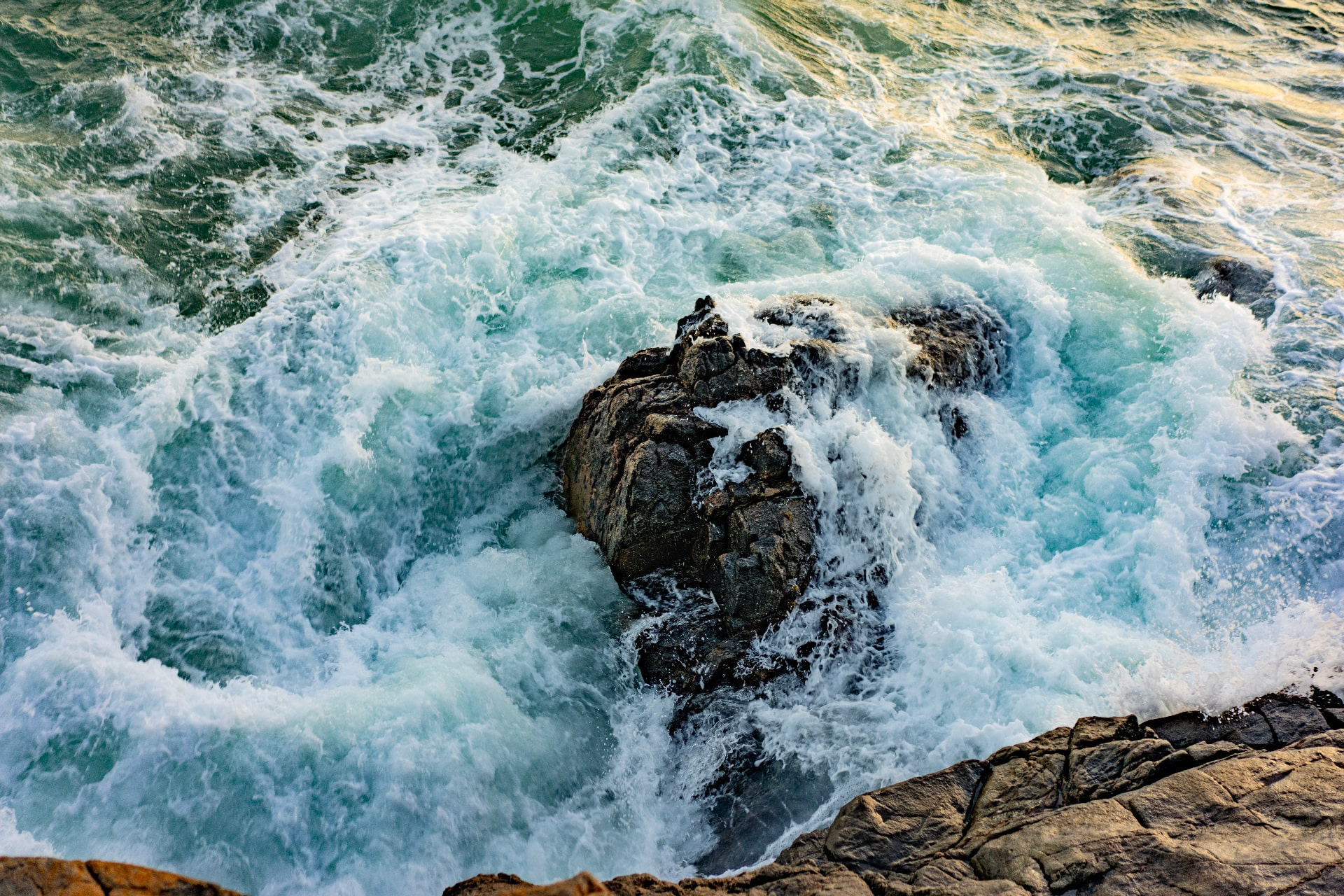
10 Interesting Facts About Hydropower
We are reader-supported. When you buy through links on our site, we may earn affiliate commission.
Hydropower could become the unsung hero of renewable energy as mind-blowing innovations appear left and right. Underwater wind turbines and floating solar panels are inching into the common lexicon and awareness, intriguing investors and inciting excitement in energy professionals. As the option becomes more lucrative and funded, curious minds want to know — what are some lesser-known secrets in these massive structures giving us green power?
1. They Have Built-In Ladders for Fish
Consumers advocating against renewable energy assert hydropower harms fish populations when in reality, they have built-in mechanisms keeping them safe. They are called fish ladders, lifts, or passages. The ladders vary depending on the major species in the waterway, and its effectiveness relies on the fish’s ability to swim fast and efficiently.
2. It Is an Ancient Power Source
Before water, farms in the agricultural revolution performed tasks with animal power. However, they were not generating energy. Hydropower is the oldest power source on the planet. It dates back thousands of years to the Greeks. The primary use was grinding grains. The revolutionaries did not even conceptualize how modern their innovation was, as it was the first insight into pollutant- and carbon-free power.
3. The Largest Hydroelectric Plant is in China
The Three Gorges Dam in China is the biggest hydroelectric producer on the planet. It crosses the entirety of the Yangtze River. The colossal dam has a maximum production capacity of 22,500 megawatts. China also holds the second-place spot with the Baihetan Dam on the Jinsha River. It is still under construction. The only country that compares is Brazil, which shares the third-place dam with Paraguay — the Itaipu Dam, in comparison, produces around 14,000 megawatts.
These impressive numbers stoked competitive fires, as Russia has a proposal ready for the Penzhin Tidal Power Plant Project. If it takes advantage of Penzhin Bay’s aggressive tides, it could produce 87,000 megawatts of power.
4. Water Produces 30% of the World’s Electricity
In 2020, hydroelectric power only produced 17% of the world’s energy, third only to natural gas and coal. Now, it accounts for 30% as its contribution expands with ambitious hydropower plant projects. Most of the world is sitting on unused hydropower potential, waiting for professionals to untap it.
5. Niagara Falls Set the Precedent for Dams
Not all hydropower enterprises circle dams. However, Niagara Falls was the first in the United States to set that expectation. The intention was not anything fantastical, like lighting the entire state of New York — the idea creator, Charles Brush, merely attached a generator to turbines at the bottom of the falls to power lights for visiting tourists. Now, a dam directs the water flow to generate electricity.
6. Tidal Streams Power Underwater Turbines
Dams and water wheels are the most prominent images that appear in minds when discussing hydropower. However, much of the infrastructure invigorating hydroelectric efforts are underwater tethered or grounded turbines in lakes and oceans.
It is still under development, producing minimal amounts of power compared to other forms of hydro. However, it has impressive growth potential that could expand off- and nearshore possibilities for green energy generation.
7. Hydropower Provides Emergency Safeguards
Hydropower is one of the most consistent and reliable forms of energy creation because tides always happen. It works even in the most severe droughts, keeping lights on during even the worst emergencies. Even when the water levels are low or the rain has stopped, hydropower retains 80% average power output.
8. Hydroelectricity Isn’t Perfect
Despite the cleanliness of water power, even some environmentalists disagree and suggest moving to other forms of energy or attempting to fix the issues within hydropower. The Environmental Defense Fund fears its worldwide adoption will adversely impact local environments. Is it worse than fossil fuels?
The reservoirs storing pooled water at dams create methane and carbon dioxide — a huge contributor to emissions. Some dams have struck the ideal balance of being a carbon sink, where the vegetation in the area takes in more through photosynthesis. However, decomposing plants have the opposite effect, damaging the planet more than fossil fuels — especially if the fossil fuel plant participates in carbon capture and storage efforts.
9. Wisconsin Has United States Hydro-History
The first hydropower plant in the U.S. was in Wisconsin in 1882. It was a humble outfit in Appleton, and its primary purpose was to power a paper mill. The state has a lot of dams with so much energy potential. Of the 3,900 dams in the state, only around 150 are in service for hydroelectric power. In 2015, they produced 192,000 MWh.
10. The Amount of Water Needed is Near Incomprehensible
The good news is the world has enough, but attempting to conceive of how much humanity needs is nearly impossible. To power what humans need now, countless gallons of water must move. It is past billions and trillions. Good thing water is rarely naturally stagnant, but it requires around 18 gallons to produce one kWh of electricity. Consider the world’s rising energy demand and multiply.
Water is a renewable resource, so access is only as great as the infrastructure guiding it to the tools it needs to keep the world’s lights on.
Publicizing the Hidden Secrets of Hydropower
Hydropower could power more of the planet than it does now with more widespread adoption and education. Some of the reasons people do not support it is because they do not know its potential or the facts. It is one of the cleanest and safest energy sources. Though imperfect, it arrives closer to perfection with support and research. However, progress only occurs with global curiosity, advocacy, and dedication.
Share on
Like what you read? Join other Environment.co readers!
Get the latest updates on our planet by subscribing to the Environment.co newsletter!
About the author
Steve Russell
Steve is the Managing Editor of Environment.co and regularly contributes articles related to wildlife, biodiversity, and recycling. His passions include wildlife photography and bird watching.





